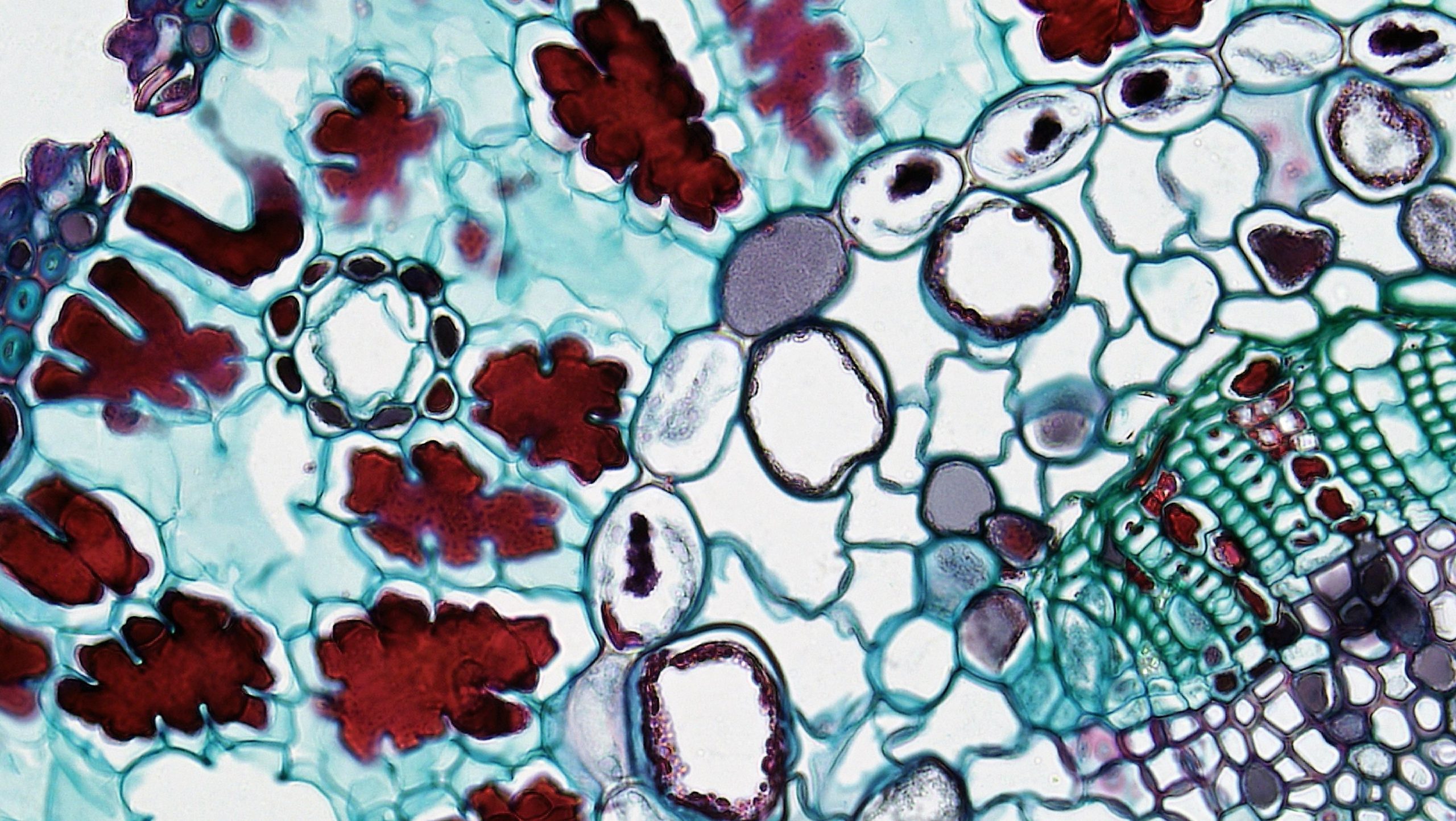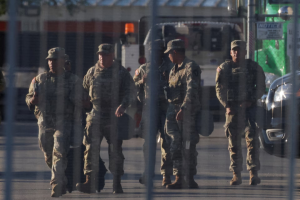A research-intensive University of Texas, TEXAS A&M UNIVERSITY, study shows that the cell nucleus is more like a drop of liquid rather than a rubber ball, which was previously thought. It was believed in the past that the cell’s nucleus was elastic like a rubber ball, changing its shape regularly and going back to its original shape as the cell navigated through tiny little pores inside the human body.

Dr. Tanmay Lele is a part of the team conducting the research and has come with exceptional conclusions. “The discovery that the nucleus deforms like a liquid drop calls for a fresh look at how the nuclear shape becomes abnormal in diseases like cancer.”, Dr. Tanmay Lele said. The observation of nucleus inside cells helps scientists and researchers in cancer diagnosis even today. But why nuclei becomes out of order, has still remained a mystery for the scientists. Once it becomes clear why a specific nucleus becomes out of order will clear the way for treating cancers in future.
Dr. Tanmay Lele and his team explored nuclear behaviors by placing fibroblasts, a type of cell that helps in the formation of connective tissue that supports and connects other tissues or organs in the body, into small-scale flexible pillars, 1/100th of the width of human hair. The nucleus of the cell had to change its shape in order to bypass the pillars. “Our work points to a fundamental mechanism by which the nucleus preserves its shape and protects its genome. Our discovery also helps us better understand how misshapen nuclei arise in cancer and how to potentially make them normal again. We are now studying the implications of the drop model for the abnormal nuclear shapes commonly observed in cancer.”, he said.
Dr. Tanmay Lele and his team studied the movement of the cells using an advanced, high-resolution microscope that could easily focus and capture the 3-D images of the cell’s nuclei.. They noticed that the obstacles created deep dents into the nuclear surface. But the overall shape of the nucleus remained preserved allowing the nucleus to migrate to other parts of the body. The entire process of the spread of nuclei is called cancer metastasis and can be lethal as in the case of cancer.
“We observed that the nucleus is able to bypass the microposts by permitting deep local invaginations while maintaining the overall oval nuclear shape; this permitted unhindered forward motion of the nucleus through the micropost array.”, Dr. Tanmay Lele said.





